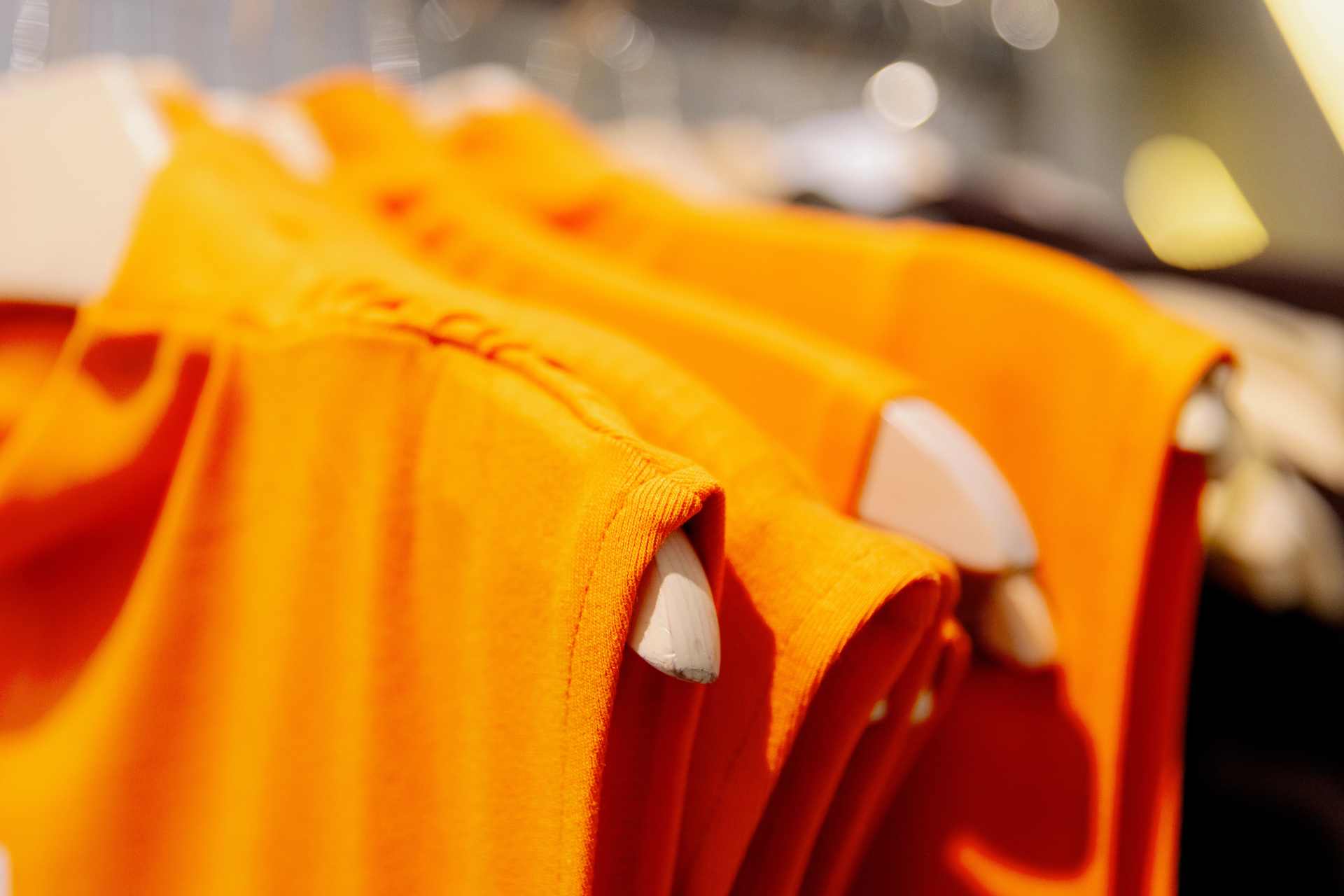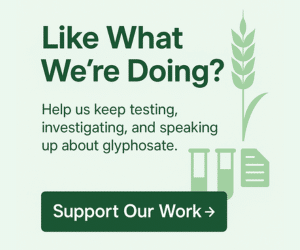Most of us wouldn’t knowingly wear clothes soaked in chemicals. But what if we’re doing exactly that — without realizing it?
Glyphosate-based weedkillers are the world’s most widely used herbicides — and most often discussed in relation to food crops. But there’s another, lesser-known route of exposure: our clothes. Especially those made from conventional cotton.
And considering how much time we spend in contact with fabric — sleeping in it, sweating in it, wrapping our children in it — this may be more than a minor concern.
How Glyphosate Gets into Cotton
Globally, around 80% of cotton grown today is genetically modified. These crops are designed to withstand repeated spraying of glyphosate-based herbicides, allowing farmers to kill weeds without killing the cotton plant.
But glyphosate doesn’t just vanish after spraying.
Multiple studies and industry tests have found that residues can remain in harvested cotton — particularly in raw or minimally processed fiber. And unless it’s purified through intensive chemical or water treatment (which raises its own environmental concerns), those residues may make their way into the finished fabric.
Can Glyphosate Be Absorbed Through Cotton Clothing?
One study published in Food and Chemical Toxicology explored this very issue. Researchers treated cotton fabric with glyphosate and tested its ability to penetrate human skin. Their conclusion?
Glyphosate can be absorbed through the skin from fabric — especially when the fabric is wet.
That means conditions like:
- Sweating during exercise or sleep
- Wearing damp or unwashed clothing
- Prolonged contact (think underwear, baby clothes, bedsheets)
…could all increase the likelihood of dermal absorption.
While the amounts absorbed may seem small, the science on low-dose, long-term glyphosate exposure is still evolving — and many researchers argue that there may be no truly safe level, especially for chronic exposure.
Just Residual, or a Real Risk?
Barnhardt Manufacturing — a major US cotton processor — reported glyphosate levels up to 330 parts per billion (ppb) in raw cotton. After purification, those levels dropped significantly, often below detectable limits (10 ppb). Unless cotton goes through that level of purification — and is tested to prove it — there’s no easy way to know what’s in the fabric touching your skin.
The concern isn’t just the glyphosate itself. It’s the daily contact, the lack of transparency, and the fact that most of us had no idea this was even an exposure route.
How to Avoid It — If You Want To
Until regulators start testing cotton products for glyphosate (don’t hold your breath), consumers are left to make their own calls.
Here are a few tips for those looking to reduce risk:
- Choose certified organic cotton whenever possible. Organic standards prohibit synthetic herbicide use, including glyphosate.
- Wash new clothing before wearing, especially underwear, sleepwear, and children’s garments.
- Avoid wrinkle-resistant, stain-proof, or chemical-treated fabrics — many are treated with other potentially harmful substances too.
- Support brands that disclose textile testing (though rare, some do).
The Hidden Cost of Cotton
We spend a lot of time thinking about what we put in our bodies. But maybe it’s time we started thinking more seriously about what we put on them.
If glyphosate is showing up in our clothes, our sheets, and even feminine hygiene products — how many doors to our bodies are we leaving unlocked?
We were told this chemical doesn’t build up. But exposure isn’t always about what we swallow — sometimes, it’s what we wear.
Resources & References
Percutaneous penetration of glyphosate in cotton fabric in vitro in human skin
This study found that glyphosate applied to cotton fabric could penetrate human skin, with absorption increasing when the fabric was wet.
Food and Chemical Toxicology, 1996
Read study
Glyphosate Levels in Cotton Fibers
Tests by Barnhardt Manufacturing found up to 330 ppb of glyphosate in raw cotton fibers, with lower levels after purification.
Barnhardt Natural Fibers
Read article
Montana State University Extension – Laundering Pesticide-Contaminated Clothing
Official guidance on laundering contaminated fabrics — relevant for understanding how difficult it is to fully remove chemical residues from textiles.
View resource
Image Source & Attribution
We’re grateful to the talented photographers and designers whose work enhances our content. The feature image on this page is by nataliya.korchmar.




